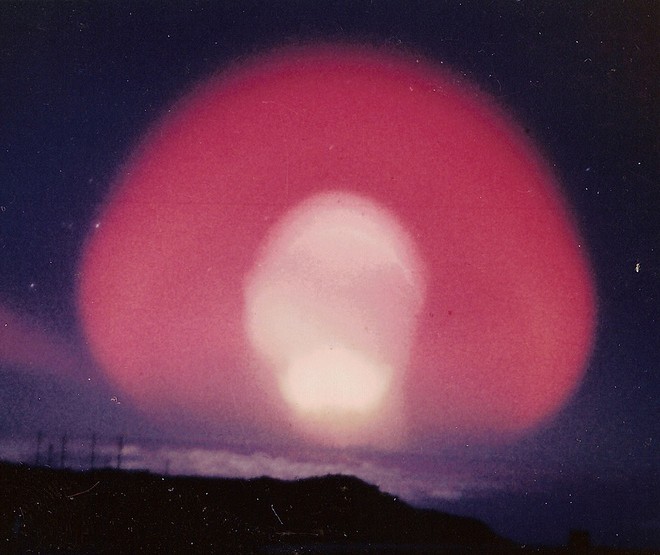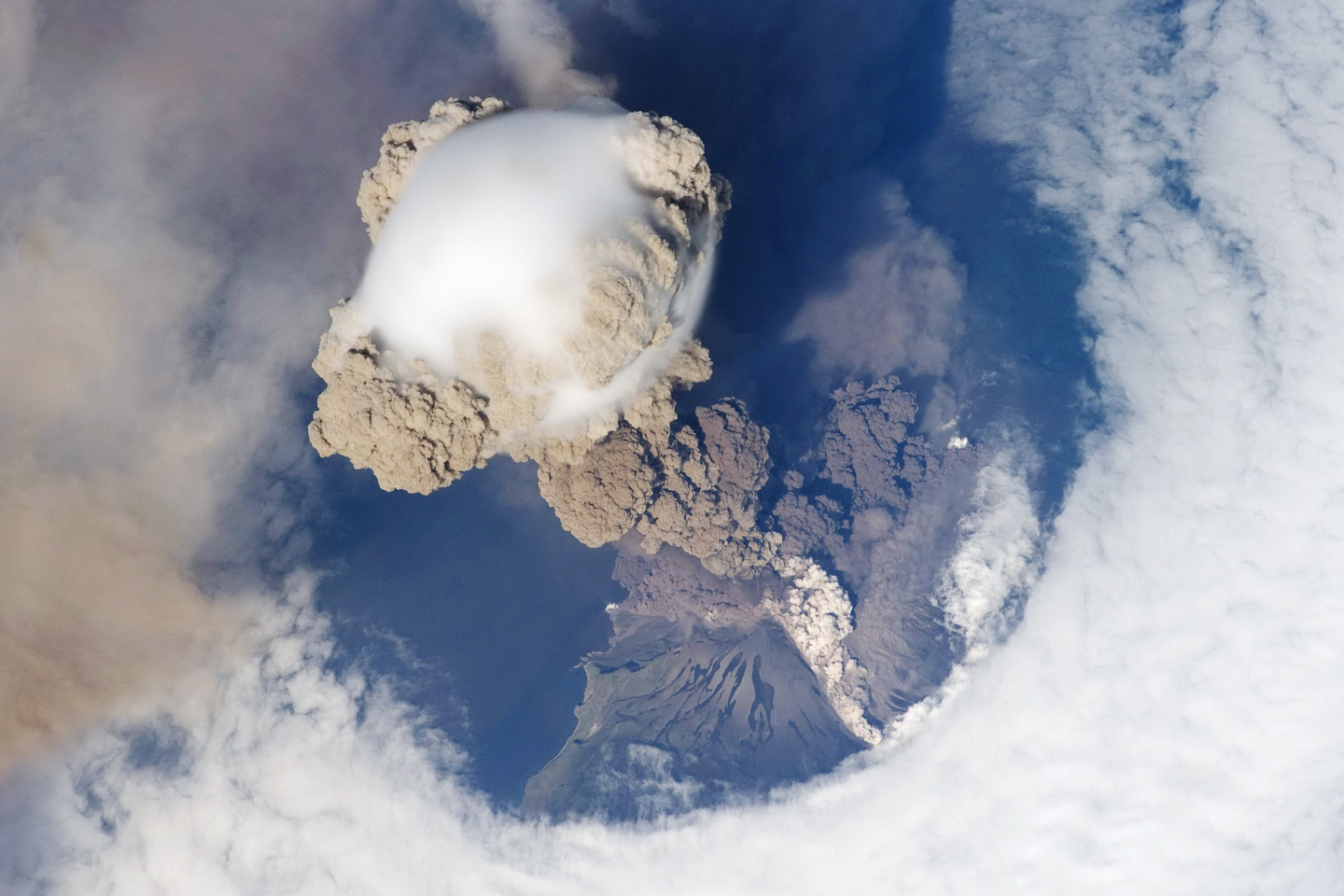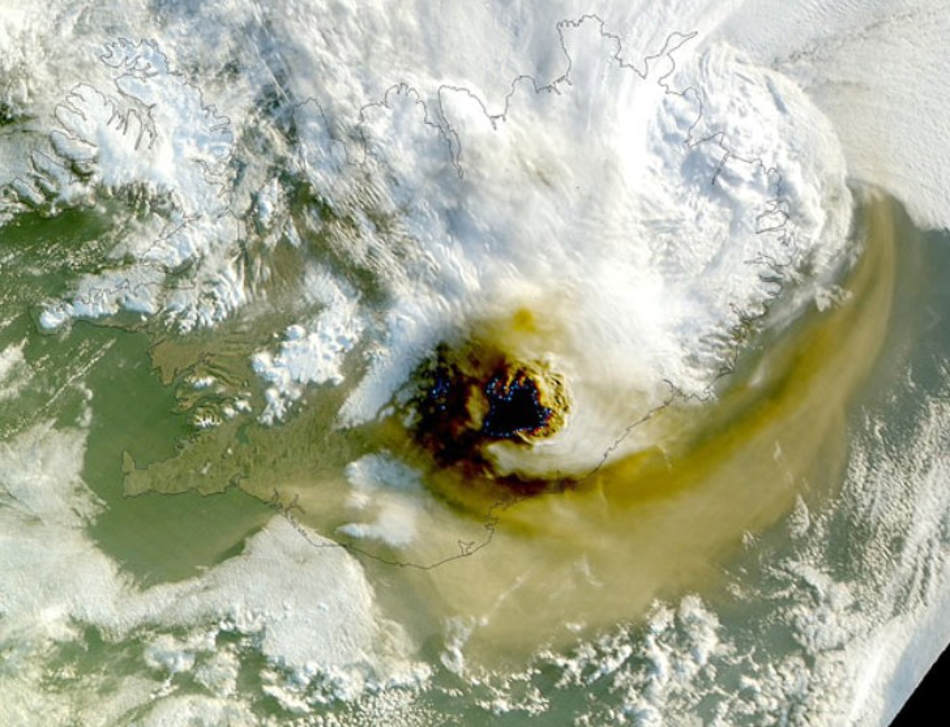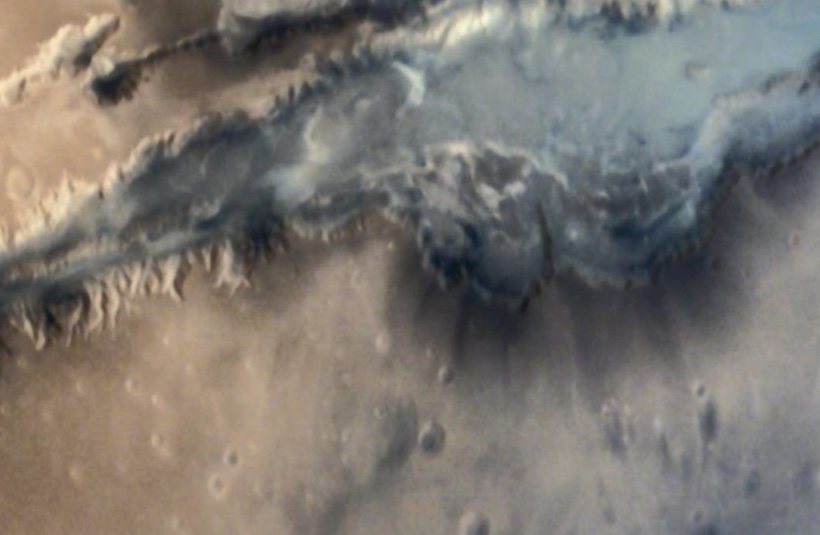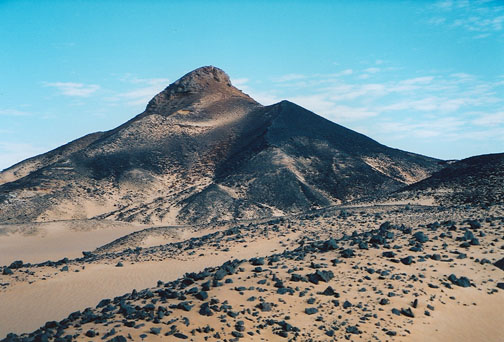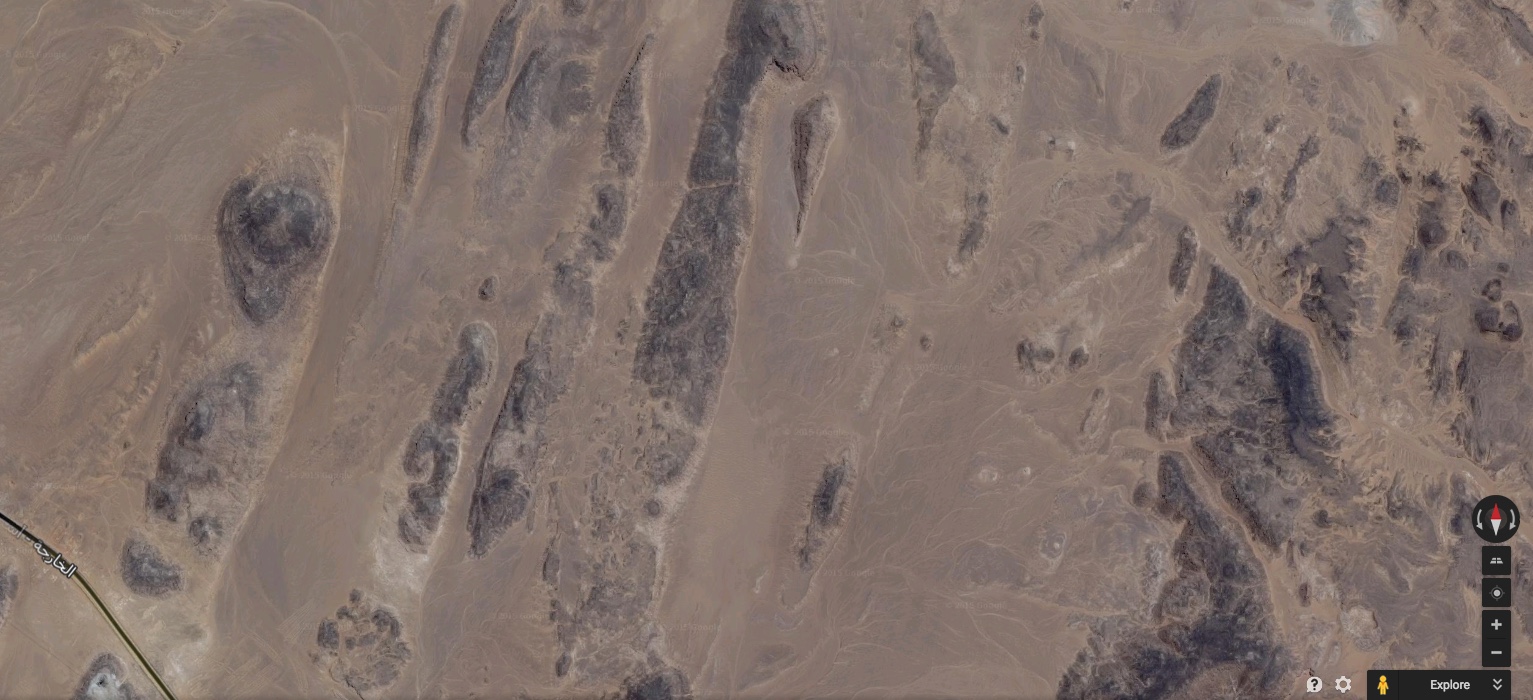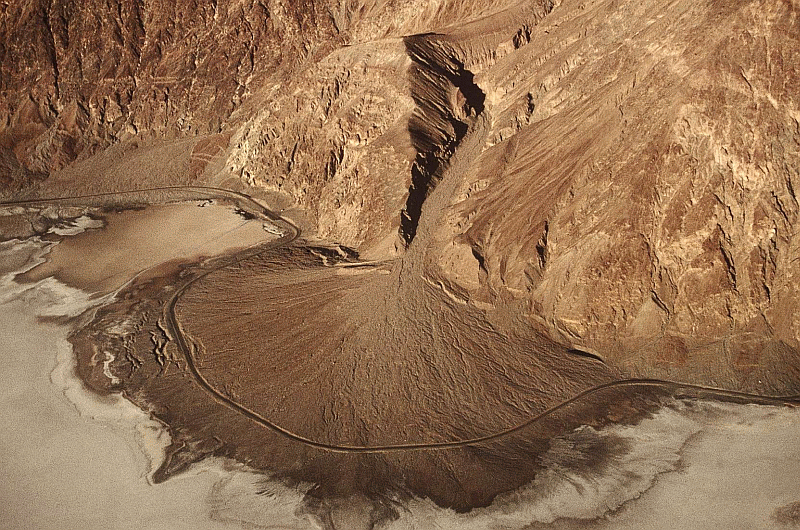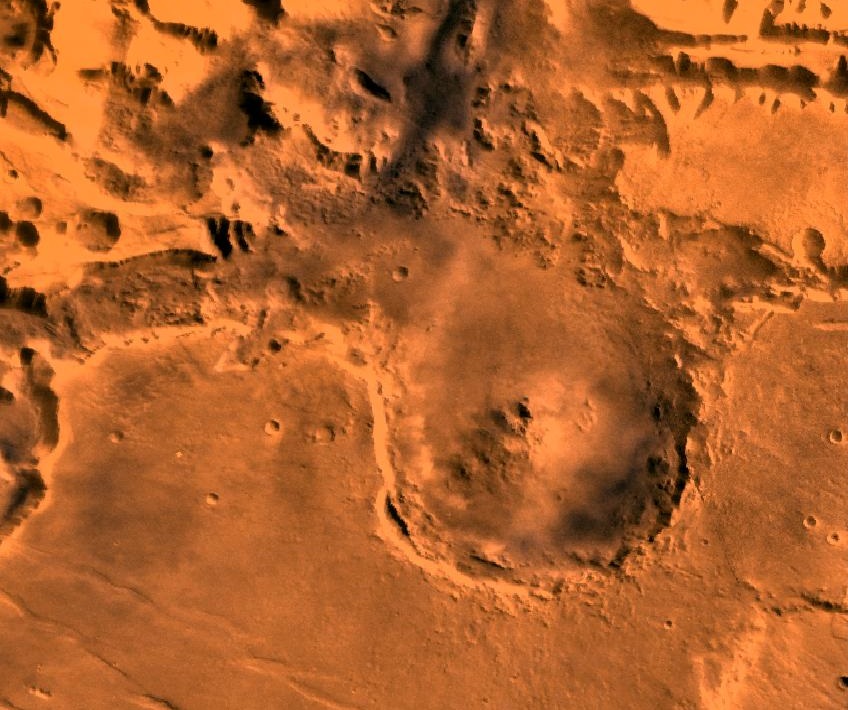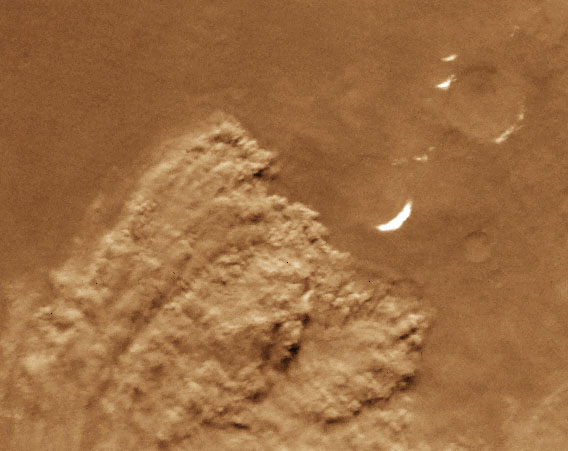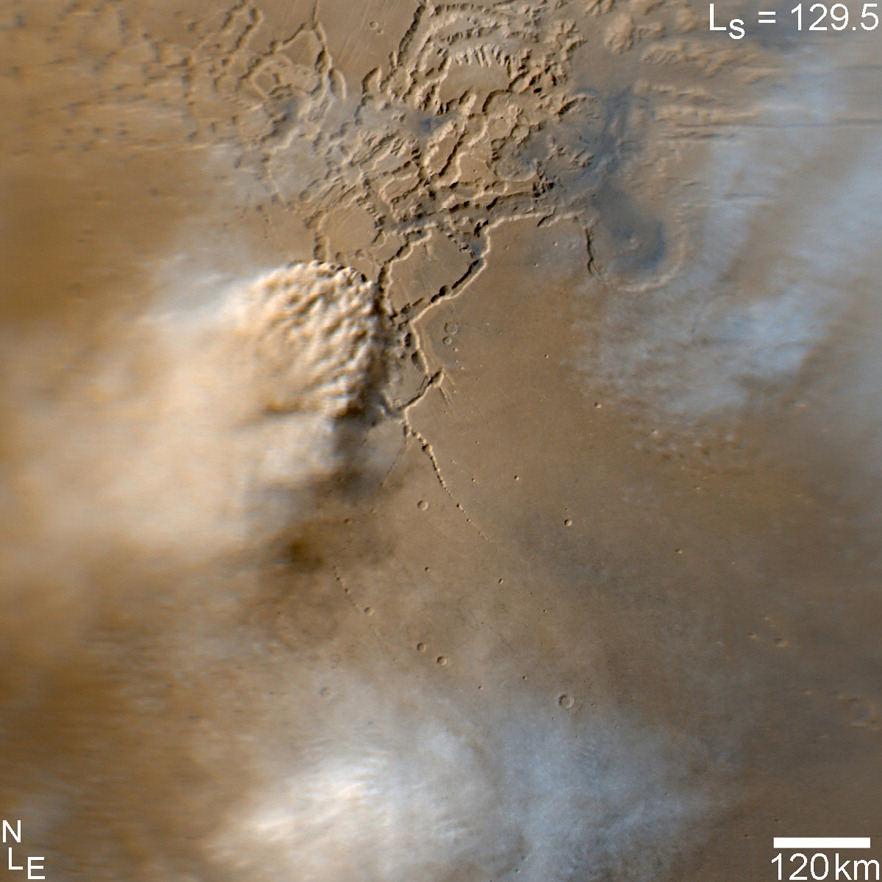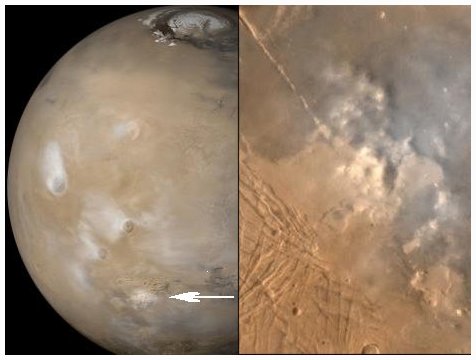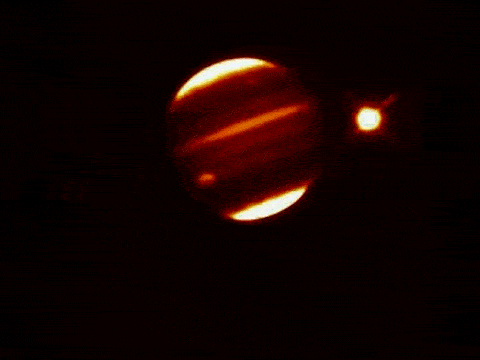When i first saw the article earlier today...I fell for it rather quickly,that is until i did some investigasting..
http://www.express.co.uk/news/natur...b-blast-conspiracy-theory-as-optical-illusion


Now this story is spreading like fire all over the globe....
I've done some investigating, my opinion is that it is not a cloud but just a different colour make up on the image
below is the hi rise image i used

http://www.uahirise.org/ESP_011966_1700
then i also used google earths mars imagery for comparison
So, if anybody ellse can help me out with info,would be greatly appreciated
thx
http://www.express.co.uk/news/natur...b-blast-conspiracy-theory-as-optical-illusion
UFO buffs claim this formation on the surface of Mars could be a nuclear bomb blast on camera.
...
Sub titles on the video say: "India's Mars orbiter captured something strange in the gigantic Valles Marineris Canyon of Mars. The image shows a huge mushroom cloud and we may wonder whether it is an enormous rare dust wind cloud , or caused due to a nuclear or methane explosion."
...
Dr Jonti Horner, astronomer at the University of Southern Queensland, Australia, said: "Fun as it would be to imagine that this is evidence of nuclear weapons on Mars, or even the impact of a chunk of Comet Siding Spring smashing into the planet, that’s sadly just not the case.”
He said looking at high-resolution images of the same part of the canyon, showed the "cloud" was nothing more than an optical illusion at the junction of a crater with the trench.
Now this story is spreading like fire all over the globe....
I've done some investigating, my opinion is that it is not a cloud but just a different colour make up on the image
below is the hi rise image i used
http://www.uahirise.org/ESP_011966_1700
then i also used google earths mars imagery for comparison
So, if anybody ellse can help me out with info,would be greatly appreciated
thx
Last edited by a moderator:

